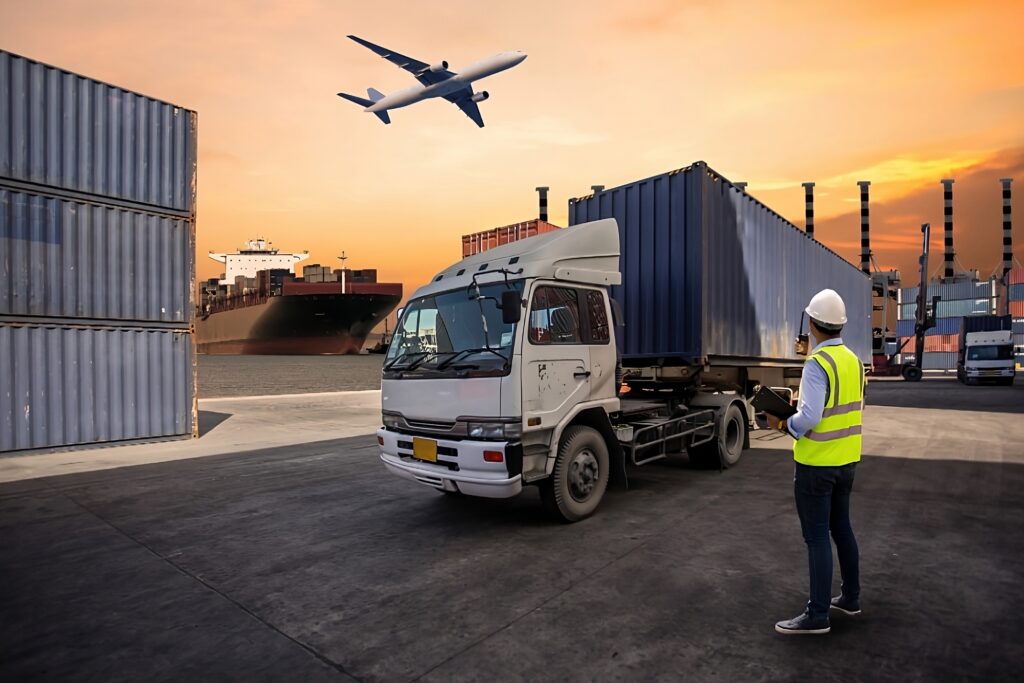
A Crucial Decision for Your Business
When it comes to international trade and logistics, one of the most critical decisions businesses face is selecting the appropriate shipping method. The choice between air, sea, or land transportation can significantly impact your supply chain’s efficiency, costs, and ultimately, your bottom line. In this blog, we explore the key factors to consider when making this crucial decision and offer insights into which shipping method might be the best fit for your unique needs.
Speed vs. Cost: The Dilemma
One of the primary considerations when choosing a shipping method is the trade-off between speed and cost. Air freight is the fastest option, allowing for rapid delivery of goods to virtually any corner of the world. However, this speed often comes at a higher price, making it ideal for time-sensitive shipments or products with a high value-to-weight ratio.
Sea freight, on the other hand, is generally more cost-effective but significantly slower than air transportation. It’s an excellent choice for businesses with bulk shipments, where the longer transit time can be accommodated.
Volume and Weight Matters
Another crucial factor is the volume and weight of your cargo. Air freight is best suited for smaller, lightweight shipments, as it’s priced based on the chargeable weight (the higher of actual weight and dimensional weight). If your cargo is heavy or voluminous, sea or land transportation may be a more economical choice.
Nature of the Cargo
Consider the nature of your cargo. Some goods, like perishables or high-value electronics, require the rapid transit times and controlled environments that air freight provides. Others, such as raw materials or non-perishable consumer goods, may be well-suited for the slower pace of sea or land transportation.
Geographical Reach
The destination of your shipment also plays a crucial role. While air freight can reach nearly any location, sea and land transportation may have limitations, particularly for landlocked or remote areas. It’s essential to evaluate the accessibility of your destination and the transportation infrastructure available.
Environmental Impact
Environmental sustainability is an increasingly important consideration. Sea freight, for example, tends to have a lower carbon footprint per unit of cargo compared to air freight. If your business is committed to reducing its environmental impact, this may influence your choice of shipping method.
Supply Chain Flexibility
Lastly, assess your supply chain’s flexibility. Air freight offers greater agility and can quickly adapt to changing market demands or unforeseen disruptions. If adaptability is a critical factor for your business, air transportation might be your preferred choice.
Conclusion
Choosing the right shipping method is a complex decision influenced by various factors, including cost, speed, cargo characteristics, destination, and sustainability goals. There’s no one-size-fits-all solution, and businesses often find themselves using a combination of shipping methods to optimize their supply chains. By carefully evaluating these considerations, you can make informed decisions that maximize the efficiency and effectiveness of your logistics operations, ultimately benefitting your business and customers alike.
Contact UV Shipping and Logistics now to unlock tailored solutions that drive success for your business. Let’s elevate your logistics together!

+91 44 4269 6692
sales@uvshipping.com
© 2023, All Rights Reserved